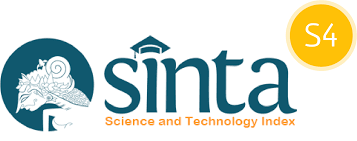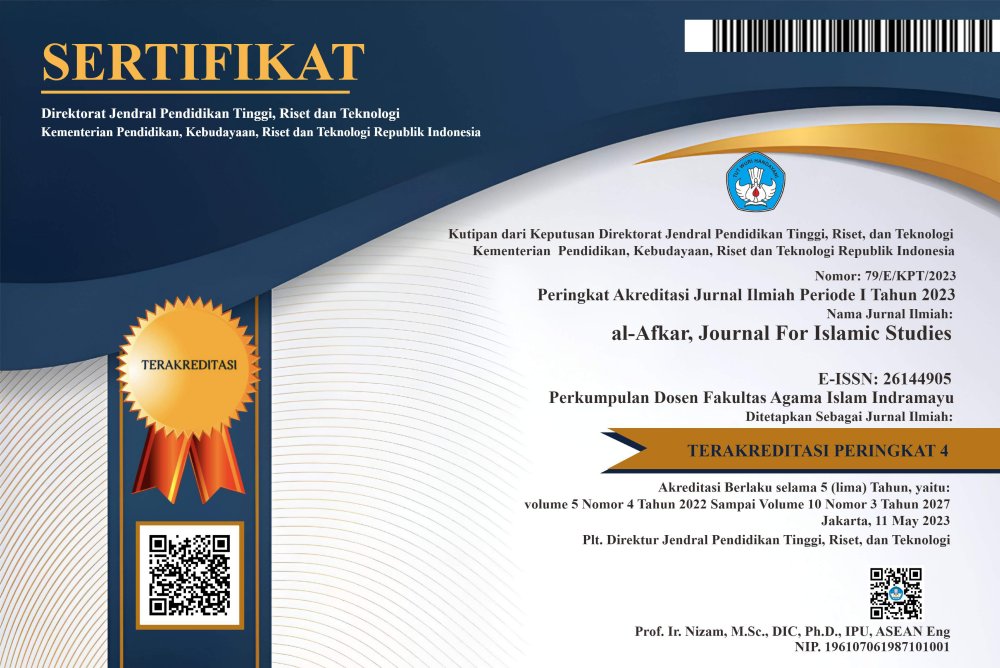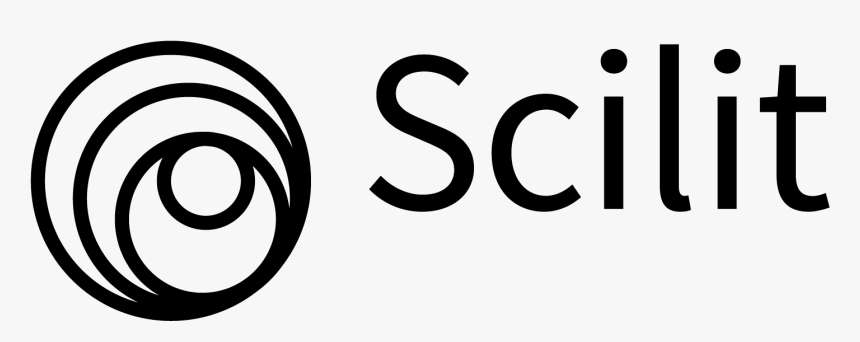Myths from Beauty Myths: A Critical Review of Naomi Wolf's Thoughts
DOI:
https://doi.org/10.31943/afkarjournal.v7i4.1215Keywords:
Myth, Beauty, Naomi WolfAbstract
This paper examines more deeply Naomi Wolf's thoughts on beauty. According to him, universal and physically dependent beauty standards are a myth that oppresses women. Two things that underlie the existence of beauty myths are the motifs and elements that form them. The first motive for the formation of myths was for women to become entangled in industrialization and consumerism. Furthermore, the motive for the existence of myths is for women to remain in a subordinated position. There are three elements that form myth, namely; culture, religion and sexuality. All three have the function of keeping women in a subordinated position. To get out of the myth, Naomi Wolf made an offer in the form of a personal construction of beauty. This article provides the finding that Naomi Wolf's reading and offerings regarding lesbianism, subordination, and nudity will lead women to new myths. Islam as a shumul (comprehensive) religion provides a comprehensive beauty construction that includes the intellectual, moral and spiritual beauty of women.
Downloads
References
Abdul Rohman, Amir Reza Kusuma, Muhammad Ari Firdausi. “The Essence of ’Aql as Kamāl Al-Awwal in the view of Ibnu Sīnā and its Relation to Education.” Jurnal Dialogia 20, no. 1 (2022): 176–205. https://doi.org/DOI: 10.21154/dialogia.v20i1.3533.
Al-Attas, Syed Muhammad Naquib. Islam and Secularism. Kuala Lumpur: ISTAC, 1993.
———. Prolegomena to The Metaphysics of Islam: an Exposition of The Fundamental Element of The Worldview of Islam. Kuala Lumpur: ISTAC, 1995.
Amir Reza, Kusuma. “Konsep Hulul Menurut Al-Hallaj Dan Penempatan Posisi Tasawuf.” Jurnal Penelitian Medan Agama 12, no. 1 (2022): 45–55.
Fadillah, Nirhamna Hanif, Amir Reza Kusuma, dan Rofiqul Anwar Anwar. “Comparative Study of Ijtihad Methods Between Ahlussunnah and Syiah.” Tasfiyah: Jurnal Pemikiran Islam 6, no. 1 (9 Februari 2022): 83. https://doi.org/10.21111/tasfiyah.v6i1.6837.
Fadillah, Nirhamna Hanif, Amir Reza Kusuma, dan Najib Rahman Rajab al-Lakhm. “The Concept of Science in Islamic Tradition: Analytical Studies of Syed Naquib Al-Attas on Knowledge.” Tasfiyah: Jurnal Pemikiran Islam 7, no. 1 (27 Februari 2023): 25–62. https://doi.org/10.21111/tasfiyah.v7i1.8456.
Hidayatullah, Rakhmad Agung, Fuad Mas’ud, Amir Reza Kusuma, dan Usmanul Hakim. “Membangun Islamic Human Resource Development (I-HRD) di Perguruan Tinggi Berlandaskan Worldview Ekonomi Islam” 9, no. 1 (2023): 973–86. https://doi.org/10.29040/jiei.v9i1.8492.
Ihsan, Nur Hadi, Amir Reza Kusuma, Djaya Aji Bima Sakti, dan Alif Rahmadi. “WORLDVIEW SEBAGAI LANDASAN SAINS DAN FILSAFAT: PERSPEKTIF BARAT DAN ISLAM,” t.t., 31. https://doi.org/DOI: 10.28944/reflektika.v17i1.445.
Jarman Arroisi, Amir Reza Kusuma. “Menelaah Problem Terapi Yoga Perspektif Ibnu Taimiyah.” Jurnal Penelitian Medan Agama 12, no. 2 (2022): 90–99.
Kusuma, Amir Reza. “Konsep Jiwa Menurut Ibnu Sina Dan Aristoteles.” TASAMUH: Jurnal Studi Islam 14, no. 1 (26 April 2022): 61–89. https://doi.org/10.47945/tasamuh.v14i1.492.
Latief, Mohamad, Ahmad Rizqon, Amir Reza Kusuma, dan Syaikhul Kubro. “The Problem of Religious Freedom In the Practice of Amar Ma’ruf Nahi Munkar.” Analisis: Jurnal Studi Keislaman 22, no. 1 (30 Juni 2022): 95–110. https://doi.org/10.24042/ajsk.v22i1.12274.
Latief, Mohamad, Amal Fathullah Zarkasyi, dan Amir Reza Kusuma. “PROBLEM SEKULER HUBUNGAN AGAMA DAN NEGARA MENURUT ALI ABDUL RAZIQ” 7 (2022). https://doi.org/DOI: https://doi.org/10.25217/jf.v7i2.2542.
Mahmudi, Ihwan, Muh Zidni Athoillah, Eko Bowo Wicaksono, dan Amir Reza Kusuma. “Taksonomi Hasil Belajar Menurut Benyamin S. Bloom,” t.t., 8.
Muhammad Syifa’urrahman dan Amir Reza Kusuma. “قضية صفات الله عند المعتزلة وأبي الحسن الأشعري وابن تيمية.” Rausyan Fikr: Jurnal Ilmu Studi Ushuluddin dan Filsafat 18, no. 1 (10 Agustus 2022): 153–88. https://doi.org/10.24239/rsy.v18i1.876.
Naomi Wolf,. Mitos Kecantikan: Kala Kecantikan Menindas Perempuan. Yogyakarta: New York Book, 2000.
———. The beauty myth: how images of beauty are used against women. Oxford: Oneworld, 2000.
———. Vagina: A New Biography. New York: Harper Collins Publisher, t.t.
Rahman, Ryan Arief. “DISKURSUS FENOMENOLOGI AGAMA DALAM STUDI AGAMA-AGAMA,” t.t., 32.
Shalahuddin, Henri. “Konsep Kesetaraan dalam Kesaksian Perempuan: Antara Perspektif Wahyu dan Perspektif Gender.” TSAQAFAH 12, no. 2 (30 November 2016). https://doi.org/10.21111/tsaqafah.v12i2.761.
Zarkasyi, Hamid Fahmy. “Tradisi Orientalisme dan Framework Studi al-Qur’an.” TSAQAFAH 7, no. 1 (31 Mei 2011): 1. https://doi.org/10.21111/tsaqafah.v7i1.105.
———. “Worldview Islam dan Kapitalisme Barat.” TSAQAFAH 9, no. 1 (31 Mei 2013): 15. https://doi.org/10.21111/tsaqafah.v9i1.36.
Zarkasyi, Hamid Fahmy, Henri Shalahuddin, Harda Armayanto, dan Mohd Fauzi Hamat. “Impact of Postmodernism on the Thought of Indonesian Muslim Intellectuals (IMIs).” Journal of Islamic Thought and Civilization 13, no. 2 (6 Desember 2023): 29–47. https://doi.org/10.32350/jitc.132.03.
Downloads
Published
How to Cite
Issue
Section
License
Copyright (c) 2024 Salman Al Farisiy

This work is licensed under a Creative Commons Attribution 4.0 International License.



















